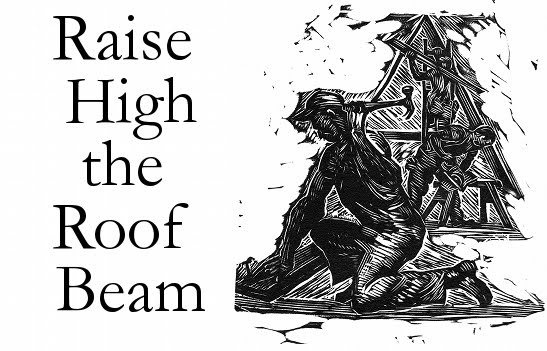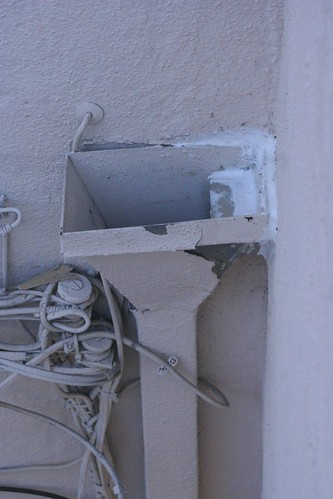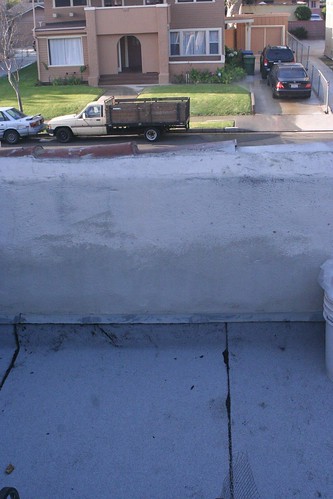West Adams is one of the oldest neighborhoods in Los Angeles. Though much of its history is forgotten, it was once an area of grand homes and bustling development. The great land boom that turned Los Angeles from a Pueblo to a metropolis came during the period of 1887 through 1915. Contractors were opening up choice lots between Figueroa and West Boulevard, moving south from Pico Blvd to Jefferson. This was the district that came to be known as "West Adams." The new Adams Boulevard Corridor became the magnet for new wealth in the city. Architects filled the area with classic examples of the elaborate styles of the times: Victorian, Queen Anne, Stick/Eastlake, Shingle, Mission, Transitional Arts and Crafts, Beaux Arts and the Revival Styles, and Craftsman. City leaders such as Lawrence Doheny, Isadore Dockweiller, William Andrew Clark, George Ira Cochran, and Frederick Rindge built homes here. Hollywood stars of the silent era, too, such as Fatty Arbuckle, Theda Bara, and later, Busby Berkeley, lived here. By the early 1980s new residents began to discover West Adams. A new generation of homeowners settled in West Adams, where they have worked with long-time residents to restore many of the homes and work toward rebuilding the commercial streets.
Some of the beautiful homes is in this area:
Read more about West Adams at the West Adams Heritage Association.






